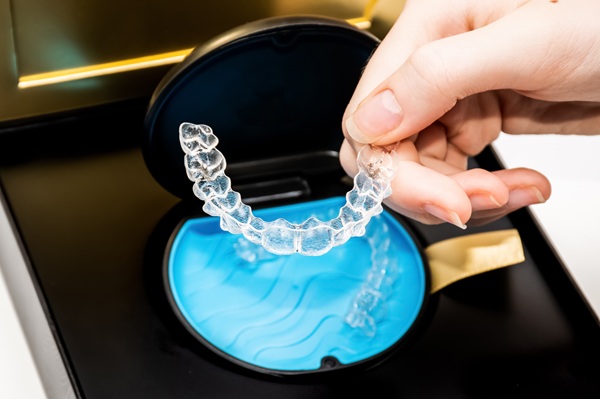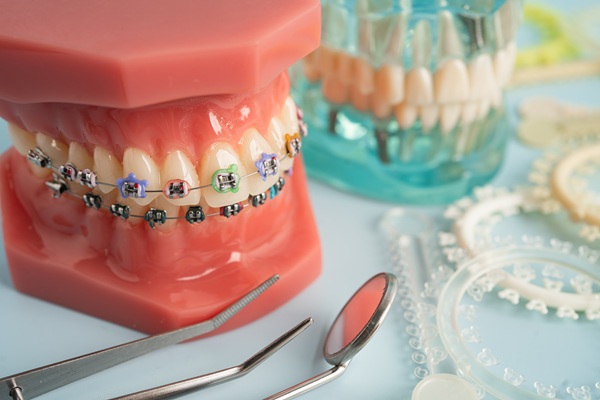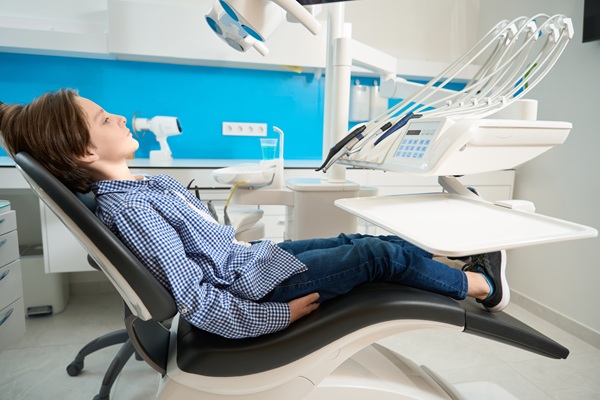Clear aligners have come a long way since they were first introduced over two decades ago. However, it was not yet introduced in Australia until late 2015 by a specific brand, Invisalign. Known for their comfort, appearance, and convenience, clear dental aligners are now one of the most popular options for straightening teeth, especially for adults and teens looking for a more discreet alternative to braces.
But many patients still wonder: Can clear aligners handle more difficult orthodontic cases in 2025?
The answer is both yes and no. It’s true that clear aligners have come a long way, and have become more updated than it was when they were first introduced. However, there are still cases where clear aligner therapy is not enough to tackle more complex cases.
Let’s explore more on how clear aligners can help with your teeth and see when other straightening options are more appropriate.
How Far Has Clear Aligner Technology Come?
In 2025, clear aligners have become more powerful and precise than ever before.
According to Dental News Australia, the latest clear aligner systems, like Invisalign, now use AI-driven planning, 3D digital scans, and CBCT imaging (cone beam CT) to create treatment plans that are more accurate than traditional methods. This means better predictions, fewer surprises, and faster results. In 2025, using digital impressions and CBCT (cone‑beam CT) imaging will help plan complex tooth movements more safely and accurately.
Meanwhile, the latest industry research shows that more patients with moderate to severe alignment issues are being successfully treated with aligners, not just those with mild crowding or spacing.
However, not all complex cases can be addressed by clear aligners.
Complex Cases Clear Aligners Can Address
Before we talk about the limitations of clear aligners, let’s look at what they can do first. Clear aligners in 2025 are now being used for more complex treatments thanks to new attachments, smarter planning tools, and even mini-implants in certain cases.
Let’s break down what aligners can treat today.
1. Severe Crowding with Clear Aligners
Crowded teeth used to be a deal-breaker for clear aligners. However, modern tools like interproximal reduction (IPR), where small amounts of enamel are gently removed to create space, aligners can now fix moderate to severe crowding in many cases.
However, fixed braces often give more precise control for certain tooth movements and may finish quicker.
2. Deep Bite and Open Bite Correction
Bites that are too deep (where upper teeth cover the lower ones) or too open (where teeth don’t touch at all) are now being managed with bite ramps built into the aligners. These tiny ramps help guide jaw movement and improve how your teeth fit together.
This type of aligner treatment often takes longer, but it is now possible thanks to digital planning and regular progress tracking.
3. Class II and Class III Corrections
- Class II correction (when the upper teeth are too far forward) can now be managed with the help of elastics, just like with braces. Aligners come with small hooks that allow rubber bands to apply pressure and fix bite issues.
- Class III correction (when the lower teeth sit too far forward) is more complex, but is being treated more often with aligners combined with other methods like attachments, IPR, and sometimes TADs (temporary anchorage devices or mini-screws).
4. Crossbite Expansion
Crossbites, where upper teeth sit inside the lower ones, can now be corrected using clear aligners with expansion features. This is especially effective in mild to moderate cases and often used in both teens and adults. Although, large skeletal discrepancies (when jaw bones themselves are misaligned) often still require braces or surgery.
5. Extraction Cases with Aligners
In the past, if you needed teeth removed (for example, due to overcrowding), clear aligners were not usually recommended. But today, extraction cases with aligners are more common.
Studies show that with good planning, aligners can handle extraction cases, though fixed braces often give more precise control for certain tooth movements and may finish quicker.
Where Clear Aligners Still Have Some Limits
While clear aligners have improved a lot over the years, there are still certain cases where they may not work as well as traditional braces.
- Moving teeth up or down (called intrusion or extrusion) can be harder to control with aligners compared to braces. These vertical movements are less predictable.
- Big jaw alignment problems (when the upper and lower jaws don’t match properly) often need surgery or braces instead. Clear aligners can help with small jaw issues, but not all.
- Difficult tooth movements like big rotations or shifting back molars often need extra tools like attachments, elastics, or mini screws (TADs). These make the treatment more complex and require more effort from the patient.
- Treatment might take longer than braces in more complex cases, and sometimes extra trays (called refinements) are needed if the teeth don’t move exactly as planned.
Clear Aligner Treatment Has Expanded, But Still Has Limits
As of 2025, clear aligner treatment is far more powerful than before. With improved materials, attachments, smarter digital planning, and tools like TADs and elastics, clear dental aligners are being used in many cases previously considered too complex. However, other options may still need to be considered, as some movements are still harder to predict. Factors such as patient cooperation, correct diagnosis, and provider experience also matter a lot.
If you’re considering clear aligners in Bellevue Hill, NSW, seek our dental professionals at Bellevue Hill Dental to understand your case better. Book a consultation with our team to share your concerns.



